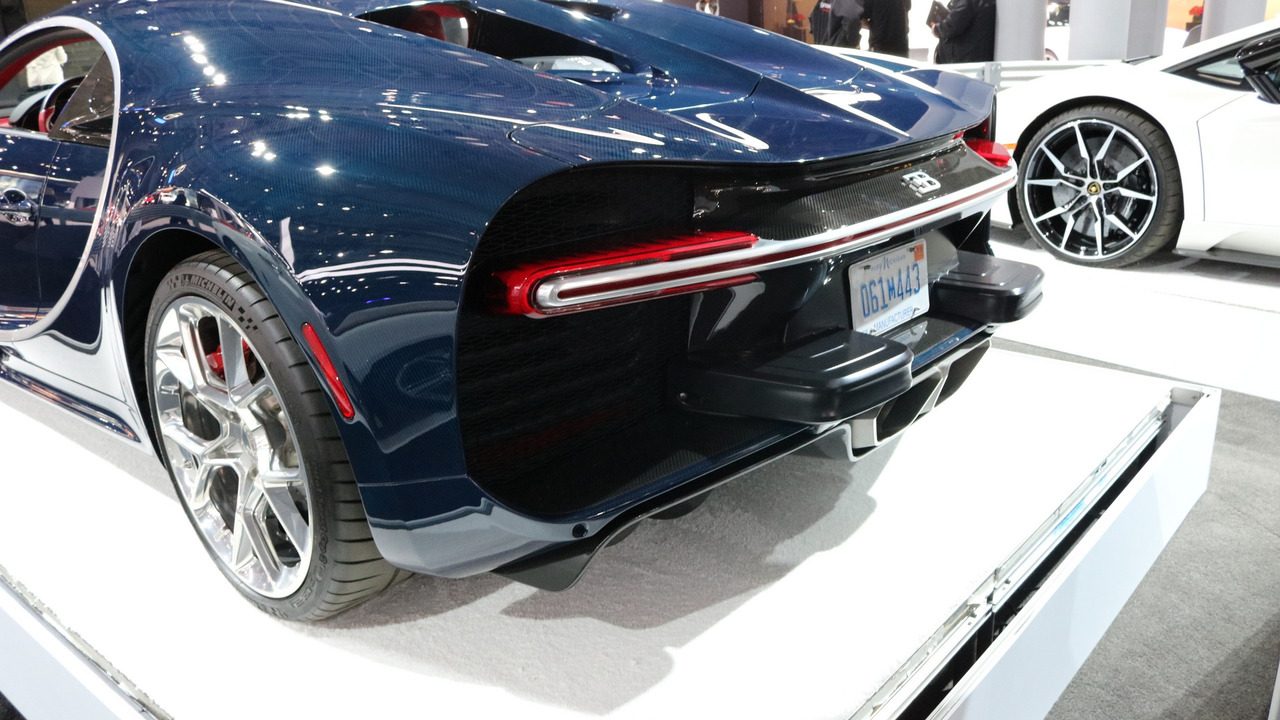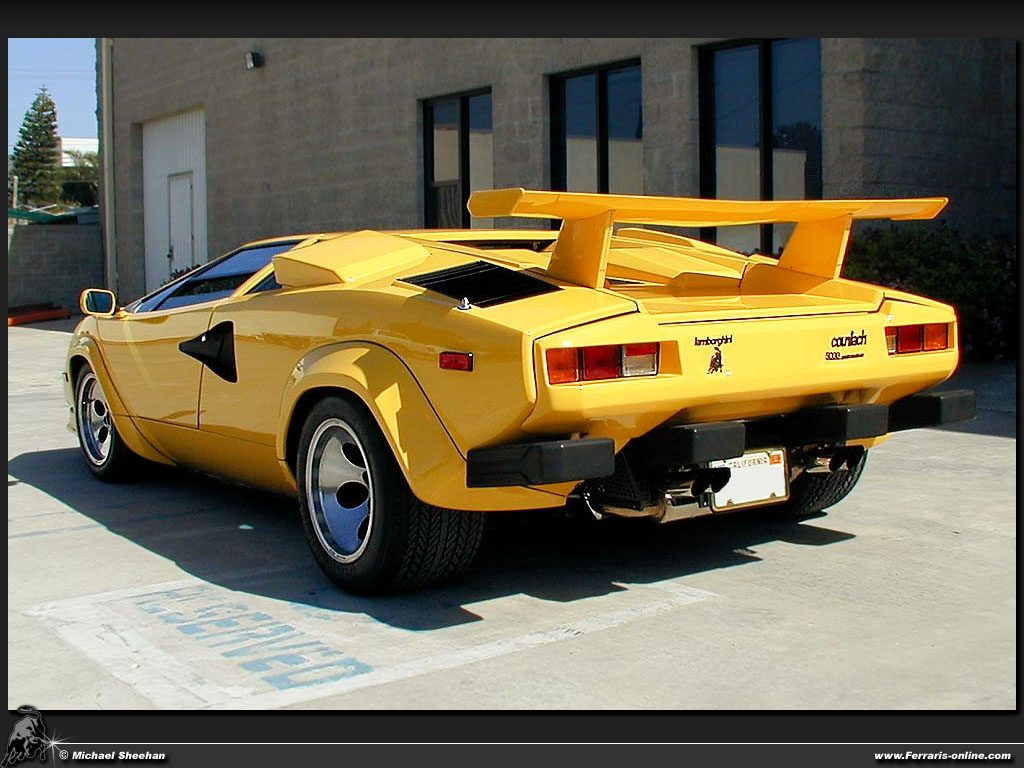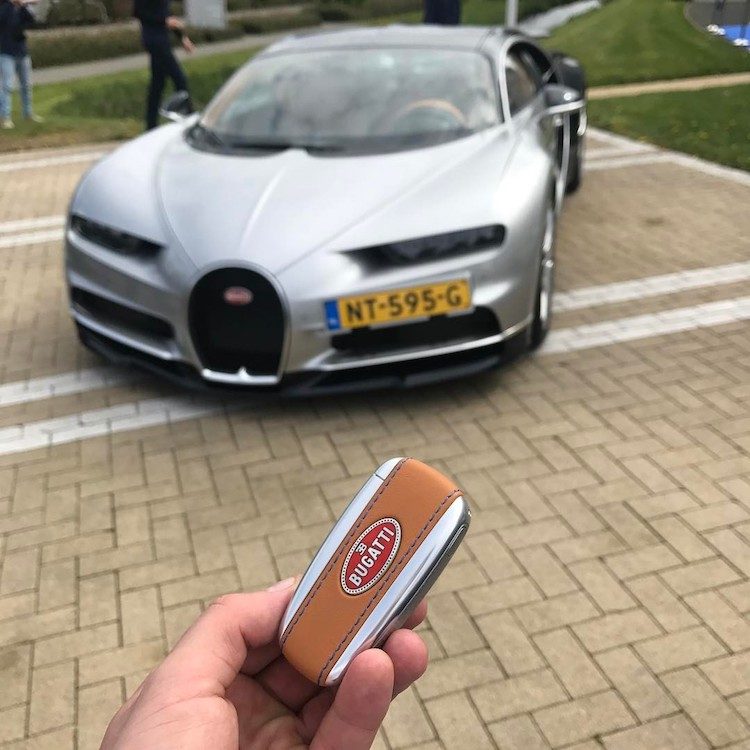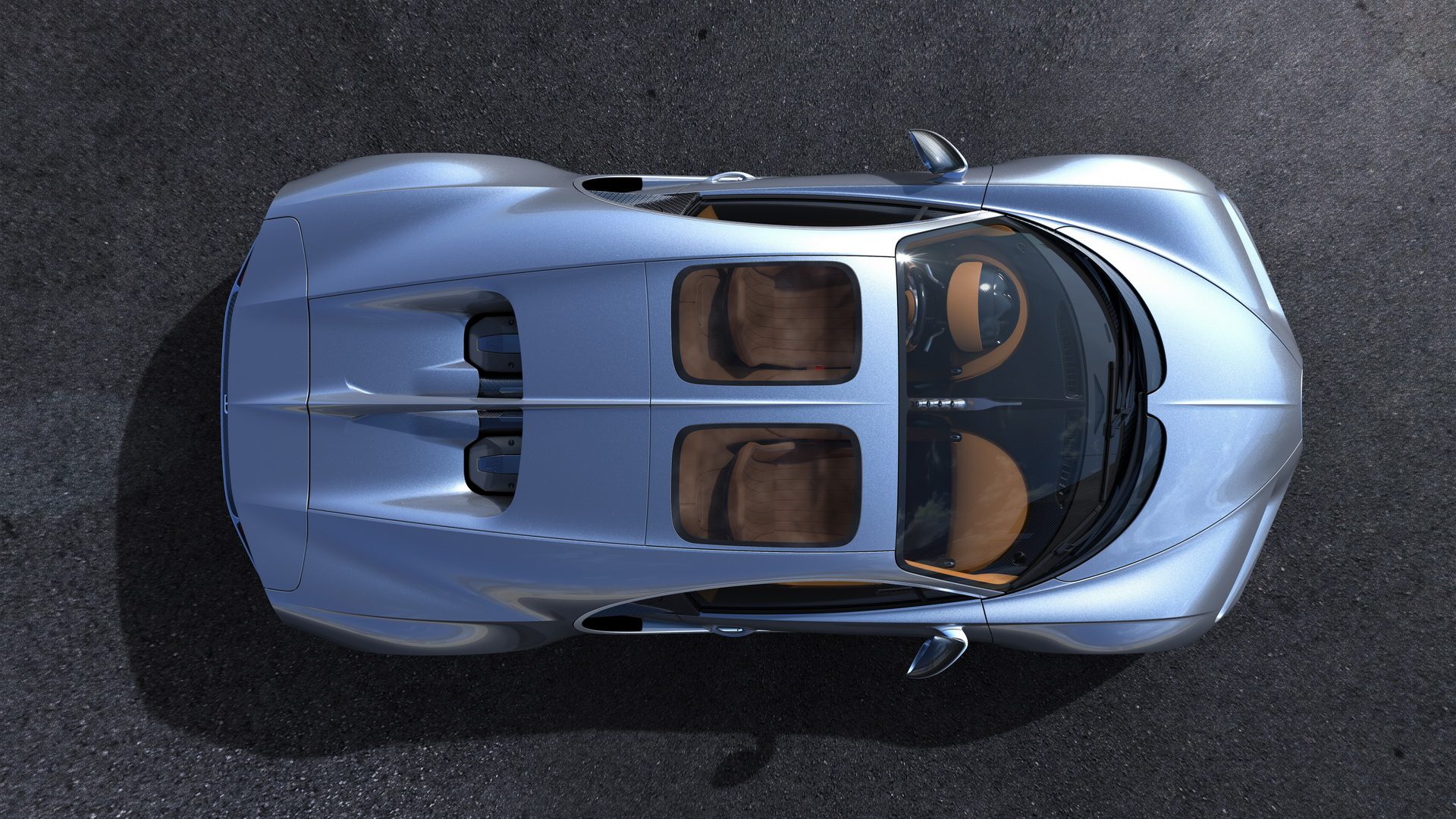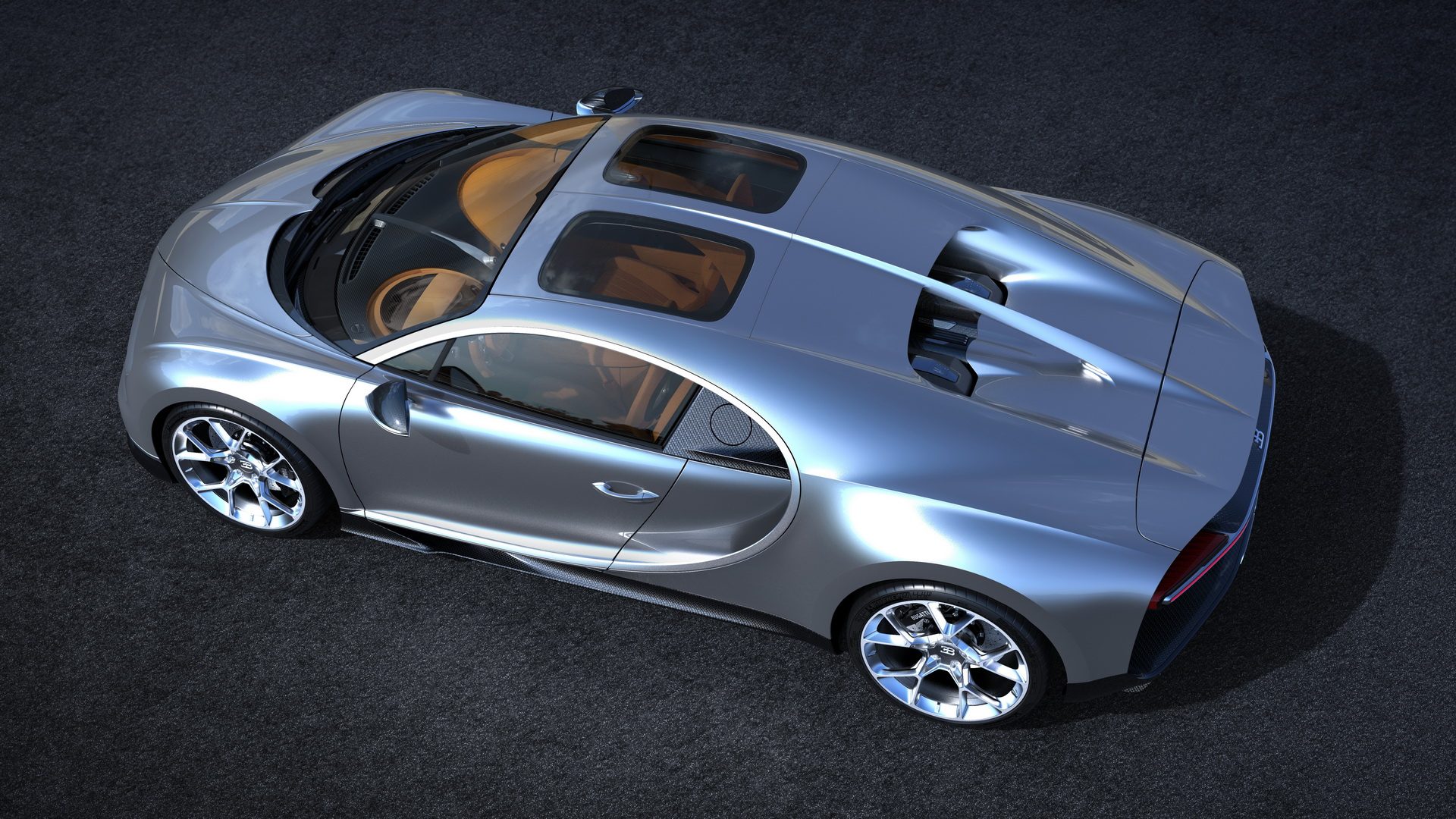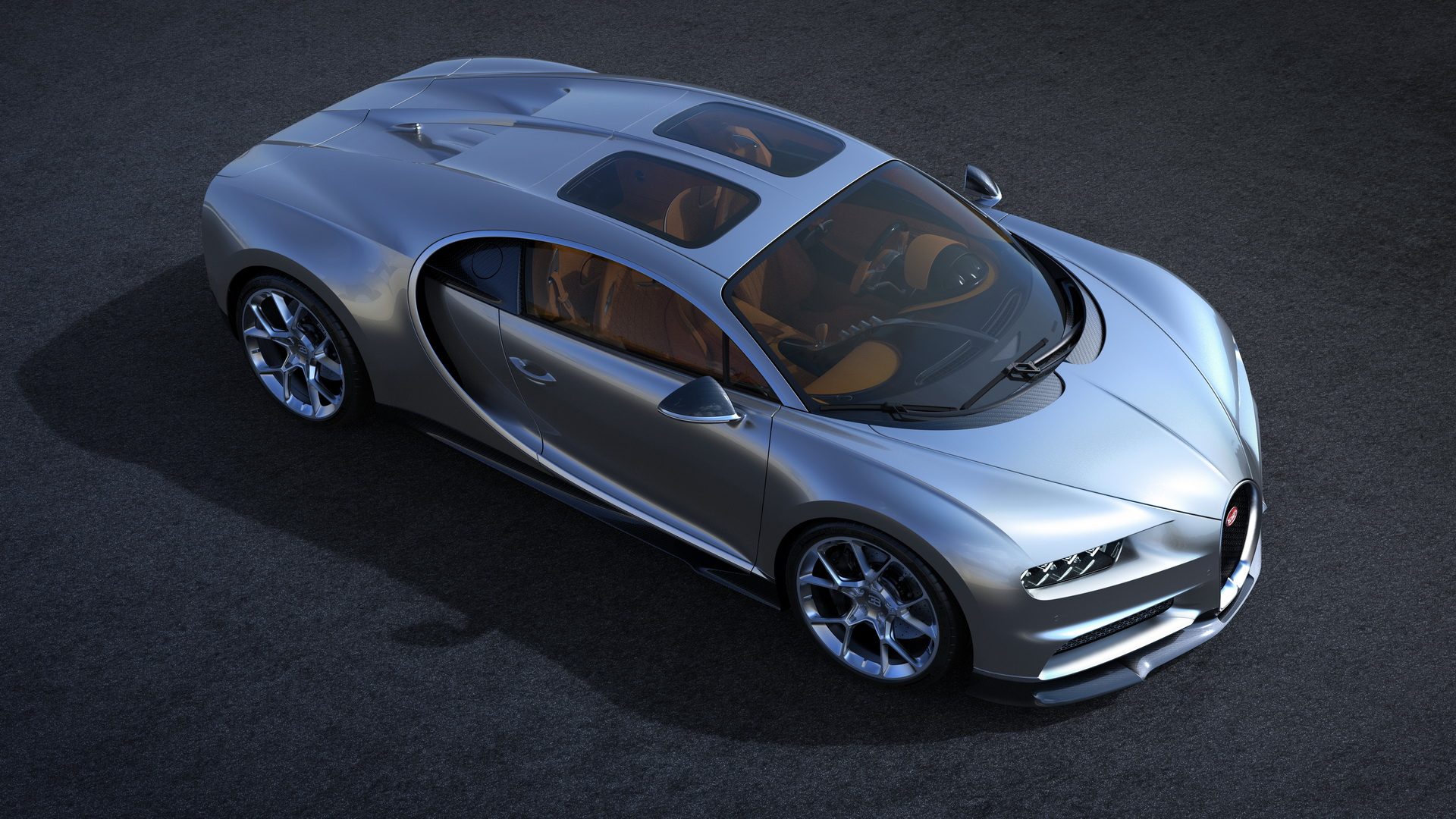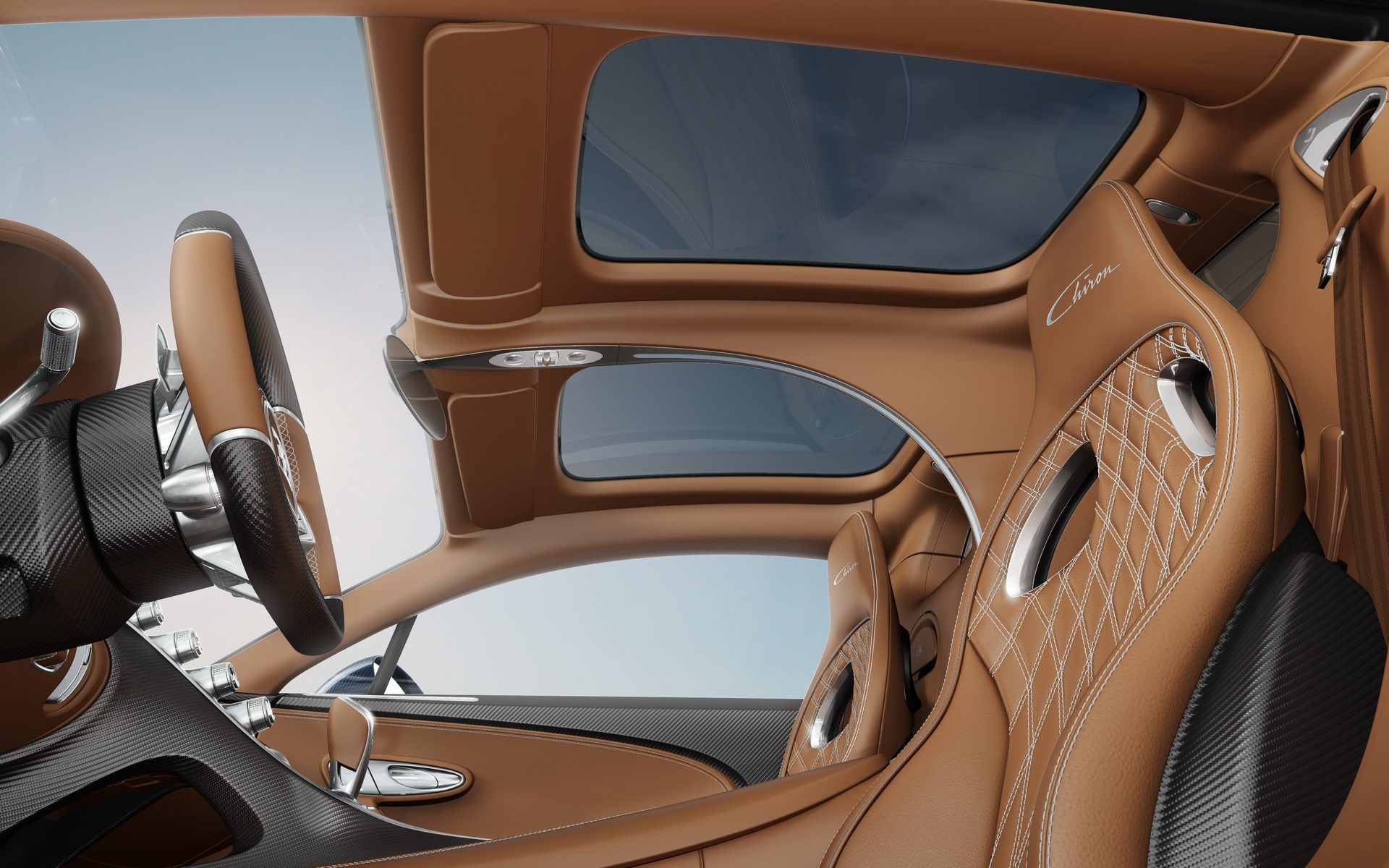Silver Arrows
(Banned)
- 4,715

- Brandon, MB
- Silver-Arrows21
I would love to see it hit 300mph, and just completely shock the aftermarket world. Just recently, MK2Motorsports marked 293mph in the standing mile, a feat they've been inching closer & closer to over the last couple years. Bugatti can't achieve that acceleration, but it may be able to best its speed.
It seems like all the crazy tuned cars that I see are either Ford GT's or Gallardos. I wonder why that is...?
